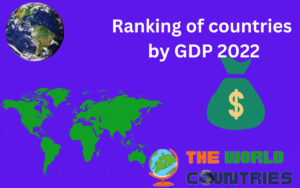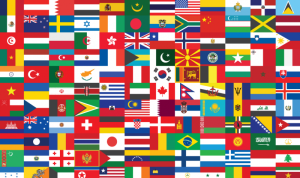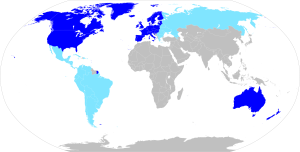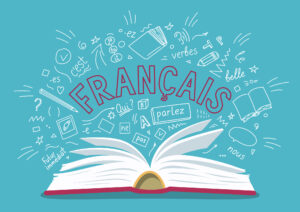Unveiling the Mystery: Why Chad and Romania Share the Same National Flag
Why do Chad and Romania Share the Same National Flag? In vexillology, the study of flags, and mysteries sometimes emerges, captivating enthusiasts and scholars alike. One such enigma revolves around the national flags of Chad and Romania. These nations proudly hoist flags bearing striking resemblances despite being situated continents apart. Let’s embark on an illuminating journey to unravel the perplexity behind this curious phenomenon.
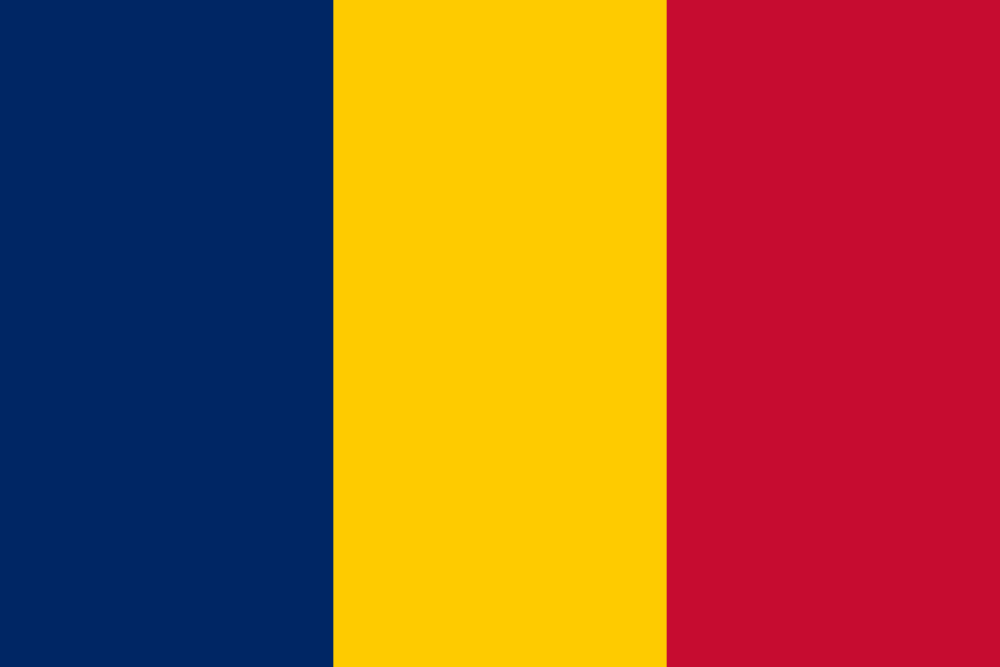
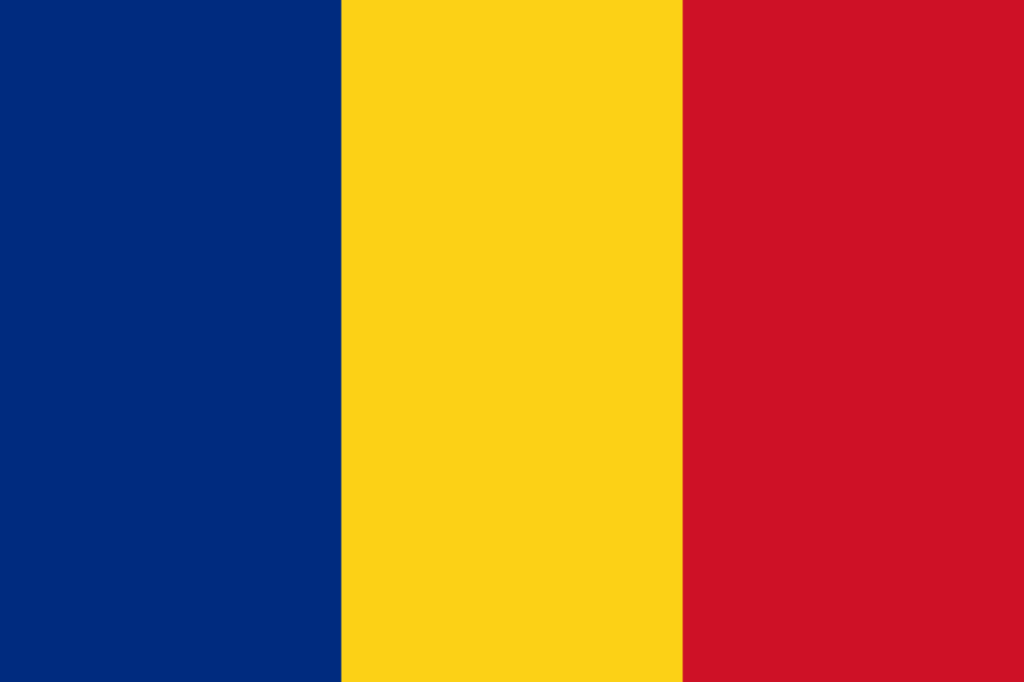
A Glimpse into History
Embark on a voyage through time to understand the genesis of this peculiar resemblance. Dive into the annals of history where the threads of Chad’s and Romania’s destinies intersect, shaping the design of their national emblems.
The national flag of Romania, characterized by three vertical stripes of blue, yellow, and red, dates back to the 19th century. Its symbolism encapsulates the nation’s enduring spirit, liberty, and unity.
Similarly, Chad’s flag, adopted in 1959 upon gaining independence from France, features identical colours arranged in a vertical tricolour pattern. This resemblance raises eyebrows and ignites curiosity, prompting an exploration into the underlying reasons.
Cultural and Symbolic Significance
Chad’s Symbolism: Chad’s flag symbolizes the nation’s aspirations and struggles for independence. The blue stripe represents the sky and hope, the yellow evokes the desert sun, and the red symbolizes the blood shed in the struggle for freedom.
Romania’s Symbolism: Romania’s flag is steeped in rich symbolism. The blue signifies freedom and justice, the yellow represents prosperity, while the red symbolizes the blood spilt in defence of the nation.
Historical Connections
Colonial Influence: The colonial past plays a pivotal role in unravelling the mystery. Both Chad and Romania were once under French rule, which could explain the resemblance in their flags. The tricolour pattern might reflect a shared heritage shaped by colonial influence.
Pan-African Movement: Another plausible explanation lies in the Pan-African movement of the mid-20th century. Chad’s adoption of a flag akin to Romania’s might signify solidarity with other African nations striving for independence during that era.
Cultural Exchange and Influence
Delve into the realm of cultural exchange, where ideas, symbols, and ideologies transcend borders, leaving an indelible mark on nations and their identities. Explore how Chad and Romania might have been influenced by global trends and interactions, leading to the convergence of their flag designs.
FAQs (Frequently Asked Questions)
Q: Is it a mere coincidence that Chad and Romania share the same flag colours?
- A: While it may seem coincidental, historical and cultural factors likely contribute to this resemblance.
Q: Did Chad consciously emulate Romania’s flag design?
- A: There’s no definitive evidence to suggest conscious emulation; however, historical connections and global influences could have played a role.
Q: Are there other examples of countries sharing similar flag designs?
- A: Yes, instances of countries sharing flag designs or colour schemes exist, often attributed to historical, colonial, or cultural ties.
Q: How do Chad and Romania perceive their flag’s resemblance?
- A: Both nations cherish their flags as symbols of identity and pride, regardless of any similarities with other flags.
Q: Has there been any official acknowledgement of the resemblance between the flags?
- A: While there may have been discussions or observations, official statements regarding the flag resemblance are scarce.
Q: What efforts, if any, have been made to differentiate the flags?
- A: Both Chad and Romania maintain the integrity of their national symbols, emphasizing their unique historical narratives and identities.
Conclusion
As we conclude our exploration, the mystery surrounding Chad and Romania’s shared national flag unveils layers of historical, cultural, and symbolic significance. While concrete answers may elude us, the journey itself enriches our understanding of the complexities woven into the tapestry of global history and identity.
Unlocking this mystery reminds us of the intricacies and interconnectedness of our world, where symbols transcend boundaries, echoing tales of resilience, solidarity, and shared aspirations.
